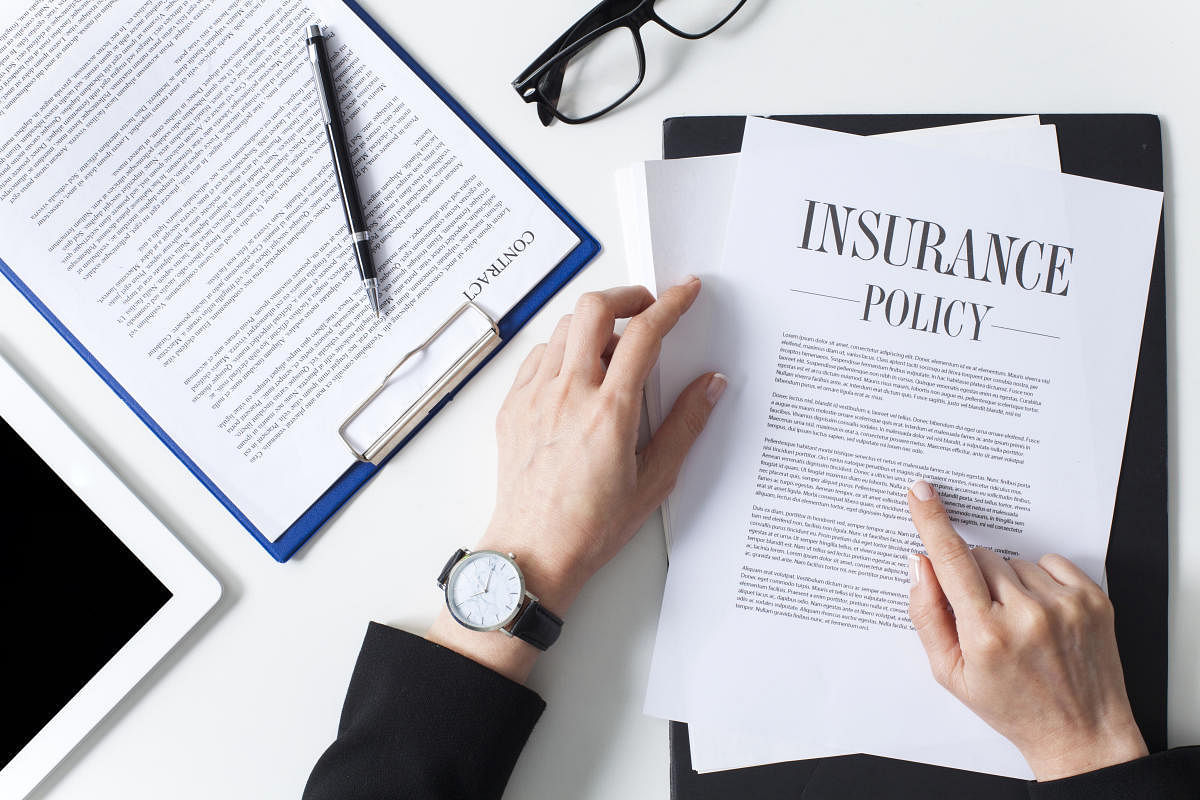
We are witnessing heavy downpours in many parts of the country, which has resulted in floods and inundation. It is worrisome to see waterlogged streets, houses deluged in rainwater and vehicles completely submerged in water. If you are a motor vehicle owner who has suffered a loss due to the floods, here is a quick guide to help you with the insurance claim process.
Does motor insurance cover floods?
The first and most important point is whether your policy covers the loss arising out of floods or other natural calamities. The losses arising out of natural calamities will be covered only if the insured has a comprehensive motor insurance policy. A comprehensive motor insurance policy has two elements – Third Party (TP) cover and Own Damage (OD) cover. TP cover is mandatory as per the law and covers the insured from the legal, accidental or financial liability, that may arise if a third party suffers from a loss attributable to the insured vehicle. The OD section provides cover against natural calamities like floods, inundations, hailstorms, hurricanes, earthquakes, landslides, and rockslides. Additionally, it covers man-made disasters like riots and accidental external means.
Why having engine protection helps in monsoon
During monsoons, the risk to engines multiplies many folds due to water clogging, resulting in water seeping inside the engine block of the vehicle. When one tries to turn on the car, it might cause a hydrostatic lock. If you have an engine protection cover, it protects your engine from contingencies like water ingression, damage due to leakage of oil, and damage arising from the hydrostatic lock. It also offers the cost of replacing or repairing the engine or its parts like cylinder head, piston, crankshafts, and connecting rod amongst others. Considering that engine is one of the most important components of the vehicle, this add-on is of utmost importance.
How to process your motor insurance claim?
Today, claim registration has become relatively quite easy since most insurers have a digital presence and offer the facility to lodge claims online. To begin the claims process intimate the insurer about the loss and register the claim through email/toll-free number/mobile app or their website. Simultaneously, take photographs or videos of the damaged vehicle and keep them handy. The insurer will send their surveyor to inspect the damage and access the repair cost. In case your vehicle has submerged completely in water and there is a total loss, the claim will be settled in accordance with the claim payment of Constructive Total Loss. Additionally, you should also keep the following documents ready: a copy of your driving licence, a copy of your registration certificate, a claim form and a copy of the policy document in order to help you process the claim smoothly. Do not panic if you have misplaced the policy document, the soft copy of the document should be available in your email or the mobile app of the insurer.
Word of caution
Please note that if your car has been submerged in water, do not try to start the car, and immediately disconnect the battery to avoid short circuits. It is advisable to not try starting the car even if water has withdrawn.
We understand that many of you might be filing the claim for the first time, but do not worry, just follow the simple aforementioned steps and your insurer will take care of the rest. Be assured that so far as your claim is admissible as per the policy and is valid, your insurer will honour the agreement and will settle the claim.
(The writer is the chief technical officer of Bajaj Allianz General Insurance)